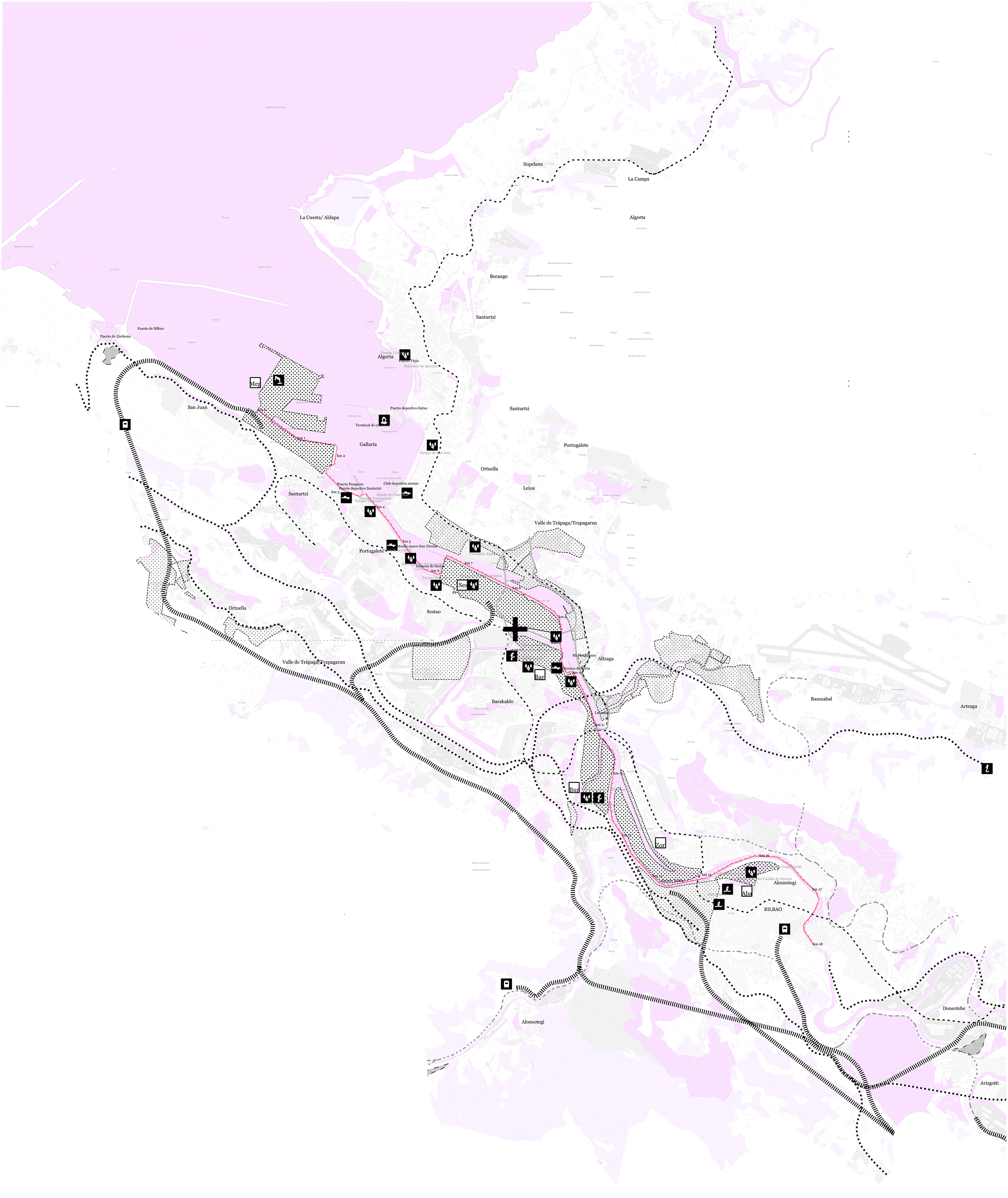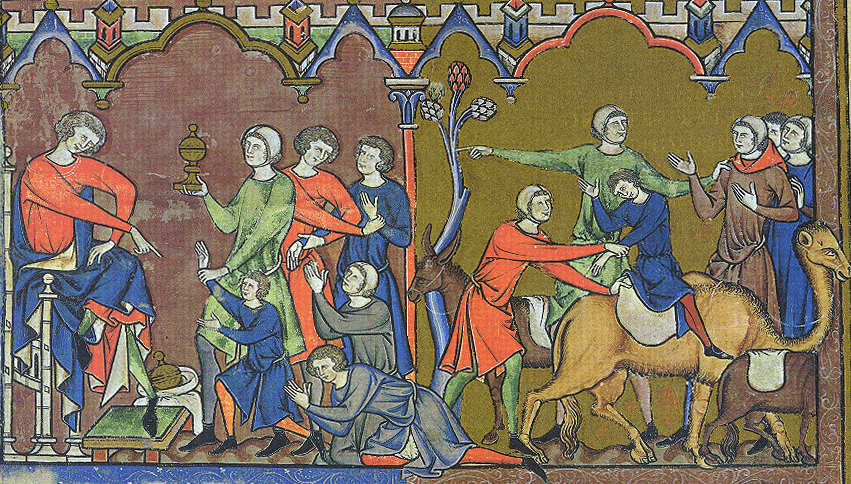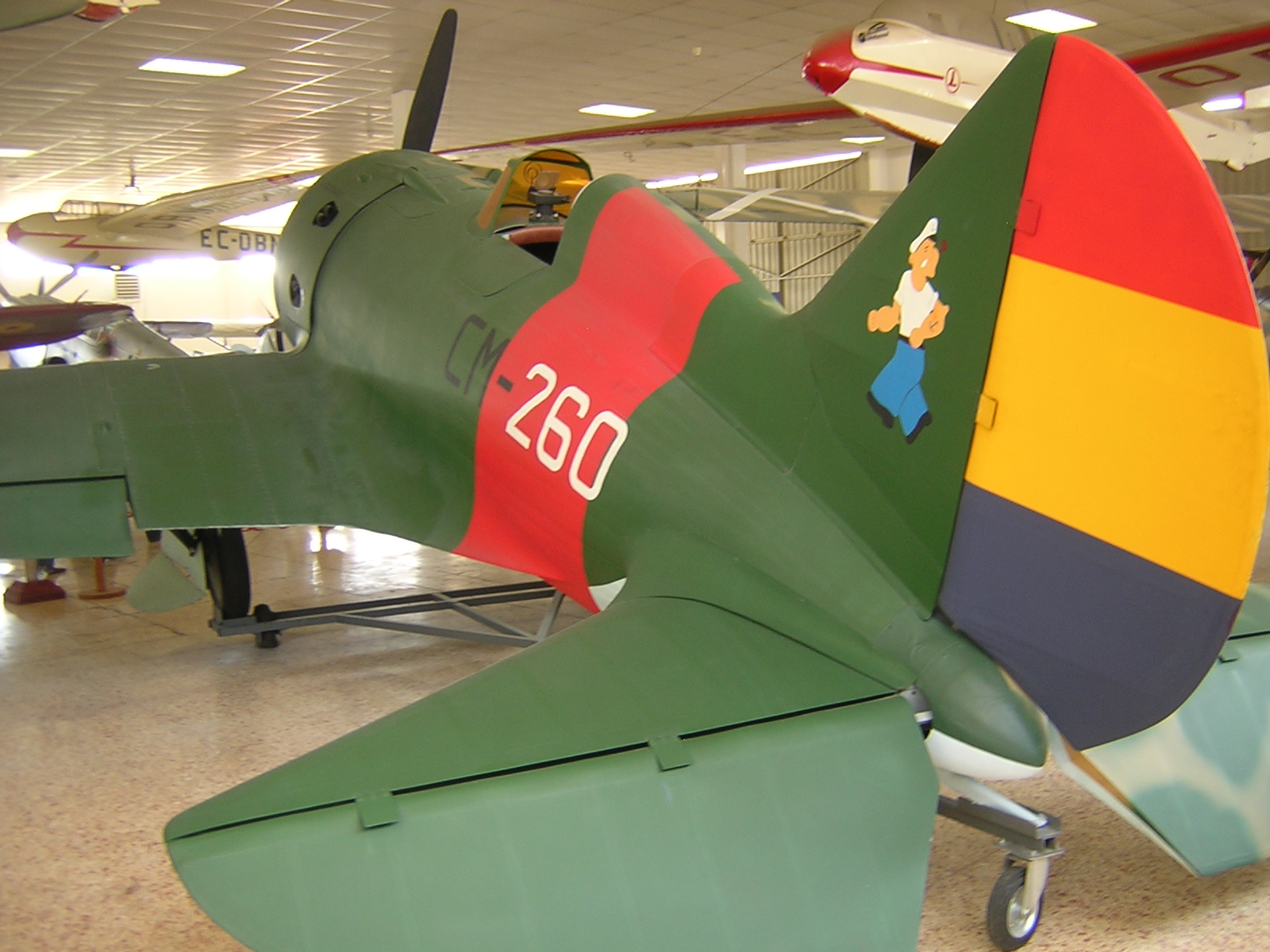|
Andrés García La Calle
Andrés García La Calle (February 4, 1909 – April 8, 1975) (sometimes Lacalle, but his real name was Andrés García Calle) was the squadron leader of the 1st fighter squadron of the Spanish Republic and later Commander of all the fighter units of the Spanish Republican Air Force during the Spanish Civil War. Biography Born in Sestao (Biscay), in Spain, he started his career in 1929 as an NCO after having got his license in a private aero club. He saw action immediately on the break of the civil war flying with all outdated planes for the time, like the Nieuport Ni-52 Delage, the Hawker Fury, the Loire 46 and the Dewoitine 371 where, nevertheless, he scored his first three victories. He was soon promoted to Lieutenant. Near September 1936 upon the arrival of the more modern Soviet fighters Polikarpov I-15 (Chato) and Polikarpov I-16 (Mosca) he participated in the first squadrons organized by the Soviets, defending Madrid and contributing to the endurance of the city des ... [...More Info...] [...Related Items...] OR: [Wikipedia] [Google] [Baidu] |
Sestao
Sestao is a town and municipality of 27,296 inhabitants located in the province of Biscay, in the autonomous community of Basque Country, northern Spain. It is in the left bank of the Estuary of Bilbao and part of Bilbao's metropolitan area. Sestao was the place of the most important steel industry of Biscay, Altos Hornos de Vizcaya. Neighbourhoods Sestao is administratively divided into 13 neighbourhoods or wards: * Kasko ( eu, Gaisko) * Kueto ( eu, Goitio) * Galindo ( eu, Gariondo) * Albiz * Urbinaga * Rebonza ( eu, Urrebontza) * Azeta * Simondrogas ( eu, Zumarrondoaga) * Txabarri ( eu, Etxabarri) * Markonzaga * Aizpuru * Los Baños ( eu, Mañueta) * Las Llanas ( eu, Oyana) Demography Rehabilitation of Sestao Sestao, an industrial area in disuse placed in the province of the Basque Country (Spain), is located in the estuary of Bilbao. It appeared due to diverse economic, social and political forces, but it was the economic strength of the iron industry that pr ... [...More Info...] [...Related Items...] OR: [Wikipedia] [Google] [Baidu] |
Nieuport Ni-52
The Nieuport-Delage NiD 52 was a French fighter aircraft of the 1920s. A single-engined sesquiplane, it served with the Spanish Air Force, being operated by both sides of the Spanish Civil War.Taylor and Alexander 1969, pp. 117-118. Development and design In 1924 Nieuport produced a design for a single-seat sesquiplane fighter of mixed construction, the Nieuport-Delage NiD 42, which was ordered in small numbers for the French air force, entering service in 1927.Donald 1997, p. 688. Nieuport developed three refined versions in 1927, the all-metal NiD-52 and NiD-72 and the mixed construction Nieuport-Delage NiD 62. Like the NiD 42 on which it was based, the NiD 52 was powered by a Hispano-Suiza 12Hb V12 engine, but the wooden monocoque rear fuselage was replaced by an equivalent made of duralumin and the wooden wing ribs by light alloy, while retaining a fabric covering. Both the main and secondary wings were of reduced area compared to the NiD-42, and an enlarged tail fitted in an ... [...More Info...] [...Related Items...] OR: [Wikipedia] [Google] [Baidu] |
Toulouse
Toulouse ( , ; oc, Tolosa ) is the Prefectures in France, prefecture of the Departments of France, French department of Haute-Garonne and of the larger Regions of France, region of Occitania (administrative region), Occitania. The city is on the banks of the Garonne, River Garonne, from the Mediterranean Sea, from the Atlantic Ocean and from Paris. It is the List of communes in France with over 20,000 inhabitants, fourth-largest city in France after Paris, Marseille and Lyon, with 493,465 inhabitants within its municipal boundaries (2019 census); its Functional area (France), metropolitan area has a population of 1,454,158 inhabitants (2019 census). Toulouse is the central city of one of the 20 Métropole, French Métropoles, with one of the three strongest Population growth, demographic growth (2013-2019). Toulouse is the centre of the European aerospace industry, with the headquarters of Airbus, the SPOT (satellites), SPOT satellite system, ATR (aircraft manufacturer), ATR ... [...More Info...] [...Related Items...] OR: [Wikipedia] [Google] [Baidu] |
Francazal
Francazal (; oc, Hranccasau) is a commune in the Haute-Garonne department in southwestern France. Population See also *Communes of the Haute-Garonne department The following is a list of the 586 communes of the French department of Haute-Garonne. The communes cooperate in the following intercommunalities (as of 2020):Communes of Haute-Garonne {{HauteGaronne-geo-stub ... [...More Info...] [...Related Items...] OR: [Wikipedia] [Google] [Baidu] |
Benjamin Leider
Benjamin ( he, ''Bīnyāmīn''; "Son of (the) right") blue letter bible: https://www.blueletterbible.org/lexicon/h3225/kjv/wlc/0-1/ H3225 - yāmîn - Strong's Hebrew Lexicon (kjv) was the last of the two sons of Jacob and Rachel (Jacob's thirteenth child and twelfth and youngest son) in Jewish, Christian and Islamic tradition. He was also the progenitor of the Israelite Tribe of Benjamin. Unlike Rachel's first son, Joseph, Benjamin was born in Canaan according to biblical narrative. In the Samaritan Pentateuch, Benjamin's name appears as "Binyamēm" (Samaritan Hebrew: , "son of days"). In the Quran, Benjamin is referred to as a righteous young child, who remained with Jacob when the older brothers plotted against Joseph. Later rabbinic traditions name him as one of four ancient Israelites who died without sin, the other three being Chileab, Jesse and Amram. Name The name is first mentioned in letters from King Sîn-kāšid of Uruk (1801–1771 BC), who called himself “King ... [...More Info...] [...Related Items...] OR: [Wikipedia] [Google] [Baidu] |
Harold Evans Dahl
Harold Edward Dahl (June 29, 1909 – February 14, 1956) was a mercenary American pilot who fought in the Spanish Republican Air Force during the Spanish Civil War. He was a member of the "American Patrol" of the Andres Garcia La Calle group. He was nicknamed "Whitey" due to his very blond hair. Biography Born in Champaign, Illinois, Dahl graduated from flying school at Kelly Field on 28 February 1933 and joined the U.S. Army Air Corps as a Second Lieutenant. His commission ended in 1936 due to gambling and subsequent court convictions. He then became a commercial pilot, but again gambling forced him to escape to Mexico. Dahl piloted charter and cargo flights carrying material for the Second Spanish Republic, as Mexico was one of the very few distant countries to support the Spanish government. He was told about the good salary paid for mercenary pilots and so he joined Spain under the name of Hernando Diaz Evans, Evans being his mother's maiden name. He reported nine kills in ... [...More Info...] [...Related Items...] OR: [Wikipedia] [Google] [Baidu] |
Albert Baumler
Albert John "Ajax" Baumler (April 17, 1914 – August 2, 1973) was an American fighter ace during the Spanish Civil War and World War II. Early life Baumler was born in Bayonne, New Jersey. In 1935–1936, he underwent primary pilot training at Randolph Field and was commissioned in the United States Army Air Corps. Military career After the start of the Spanish Civil War, Baumler resigned his commission and offered his services to the Republican side. He went to Spain and served there from December 27, 1936, on a contract that promised him a salary of $1,500 a month plus $1,000 for each aircraft he shot down. In February 1937, he was assigned to the Escuadrilla Kosakov fighter unit under Russian command, flying a biplane Polikarpov I-15 "Chato". In 1937, he flew many combat missions against the Nationalists Nationalism is an idea and movement that holds that the nation should be congruent with the state. As a movement, nationalism tends to promote the interests of a par ... [...More Info...] [...Related Items...] OR: [Wikipedia] [Google] [Baidu] |
Some Still Live
The book ''Some Still Live'' by Frank Glasgow Tinker Jr, was published by Funk & Wagnalls Co in New York, 1938 and was recently republished by The Clapton Press, London. Some rare copies of the first edition may still be found. It was decorated with original photos shot in Spain by the photographer-reporter Robert Capa, notably one where people of Madrid watch smiling as the Republican fighters chase away the Francoist bombers. It also contained a map of Spain where the locations of the landing grounds of Campo Soto and Campo X, used by the Andres Garcia La Calle squadron Tinker flew with, appeared for the first time to the public. It remains unique on the description of a number of other figures of the Lacalle squadron team for whom no other recorded evidence was left The book has today an historical value and was used as a main reference for studies on the adventure of the Americans who flew with the Spanish Republican Air Force during the civil war. A book presently availab ... [...More Info...] [...Related Items...] OR: [Wikipedia] [Google] [Baidu] |
Frank Glasgow Tinker
Frank Glasgow Tinker (July 14, 1909 – June 13, 1939) was an American volunteer fighter pilot for the ''Fuerzas Aéreas de la República Española'' ("Air Forces of the Spanish Republic"; FARE), during the Spanish Civil War. Tinker was credited officially with shooting down eight enemy aircraft and was the highest-scoring American air ace of the war. However, Tinker's logbook suggests that he claimed 19 victories, which would make him the sixth- highest scoring pilot in FARE. That relatively few of his claims were officially recognized was due to the complex system of verifying air kills used by FARE and the financial incentive paid to mercenaries: many victories were not verifiable because the downed aircraft crashed in an enemy-held area and/or an incentive would not have to be paid. In addition, Tinker and other pilots from ''Escuadrilla La Calle'' (" La Calle's Squadron"), also known as ''1ª Escuadrilla de Chatos'' (1st '' Chato'' Squadron"), shared a number of joint ... [...More Info...] [...Related Items...] OR: [Wikipedia] [Google] [Baidu] |
Polikarpov I-16
The Polikarpov I-16 (russian: Поликарпов И-16) is a Soviet single-engine single-seat fighter aircraft of revolutionary design; it was the world's first low-wing cantilever monoplane fighter with retractable landing gear to attain operational status and as such "introduced a new vogue in fighter design".Green, William. "Polikarpov's Little Hawk". ''Flying Review'', November 1969. The I-16 was introduced in the mid-1930s and formed the backbone of the Soviet Air Force at the beginning of World War II. The diminutive fighter, nicknamed "''Ishak''" or "''Ishachok''" (" donkey" or "burro") by Soviet pilots, figured prominently in the Second Sino-Japanese War,Liss 1966, p. 10. the Battle of Khalkhin Gol, Winter War and the Spanish Civil War – where it was called the ("rat") by the Nationalists or (" fly") by the Republicans. The Finns called the aircraft as "( flying squirrel)". Design and development While working on the Polikarpov I-15 biplane, Nik ... [...More Info...] [...Related Items...] OR: [Wikipedia] [Google] [Baidu] |
Polikarpov I-15
The Polikarpov I-15 (russian: И-15) was a Soviet biplane fighter aircraft of the 1930s. Nicknamed ''Chaika'' (''russian: Чайка'', "Seagull") because of its gulled upper wings,Gunston 1995, p. 299.Green and Swanborough 1979, p. 10. it was operated in large numbers by the Soviet Air Force, and together with the Polikarpov I-16 monoplane, was one of the standard fighters of the Spanish Republicans during the Spanish Civil War, where it was called Chato (snub-nose). Design and development The design for the 14th fighter for the VVS, the I-14, started as an advanced (for the era) monoplane under the direction of Andrei Tupolev. He grew concerned that the design would not mature, and ordered two backup biplane designs as the I-14A and B just to be safe. Polikarpov had just been released from prison in August 1932, and was handed the I-14A project. When both the I-14 and I-14A were ordered into production, Polikarpov's design, a development of the I-5 fighter became the famo ... [...More Info...] [...Related Items...] OR: [Wikipedia] [Google] [Baidu] |





